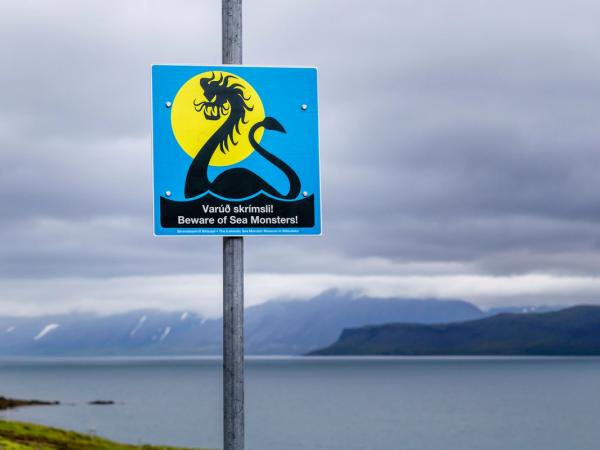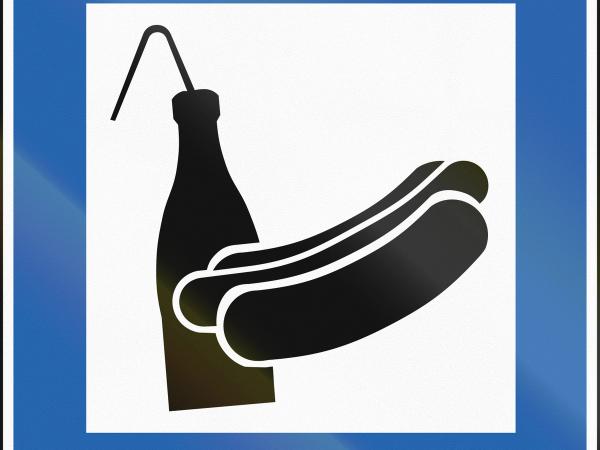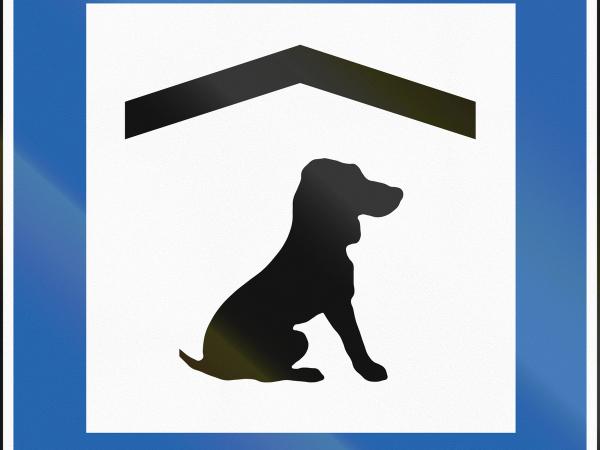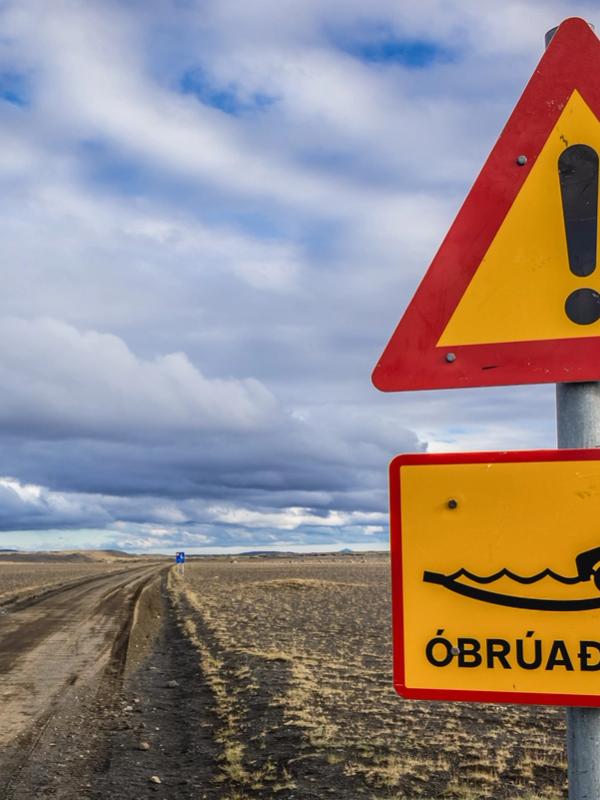
A Guide to Road Signs in Iceland
Driving in Iceland is an adventure, but the road signs might look a bit different from what you’re used to. Don’t worry, we’re here to help you understand them. Whether you’re renting a car from us or just exploring, knowing these signs will make your trip safer and more enjoyable. As a travel website specializing in Iceland and car rentals, we’ve got you covered with this simple guide.
The Basics – What Makes Iceland’s Road Signs Different?
Iceland’s road signs follow European styles, but they have some unique features. Here’s what sets them apart:
- Yellow Backgrounds: Many signs in Iceland have yellow backgrounds instead of white ones you might see in the U.S. or Europe. This helps them stand out against the snowy or rocky landscape.
- Fewer Signs in Rural Areas: Outside of towns, signs are less common. Iceland has a small population and many open spaces, so don’t expect signs everywhere.
- Non-Reflective: The signs don’t reflect light well at night, making driving after dark more challenging. Therefore, always use your headlights and stay alert.
These differences matter because Iceland’s weather and terrain can be tricky. Knowing the signs keeps you safe on the road.
Warning Signs – Common & Uncommon Hazards You Won’t See Back Home
Warning signs let you know about possible dangers. In Iceland, they’re triangular with a red border and yellow background. Here are some examples:
Gravel Road Ahead
This warns you the road will switch from pavement to gravel. Gravel can be slippery, so take it slow.
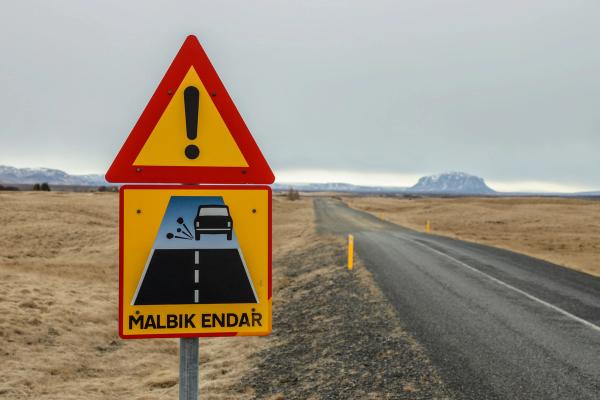
Icy Roads
A snowflake inside the triangle signals a risk of ice on the road. This is a big deal during winter trips, so slow down and drive with extra caution to avoid slipping.
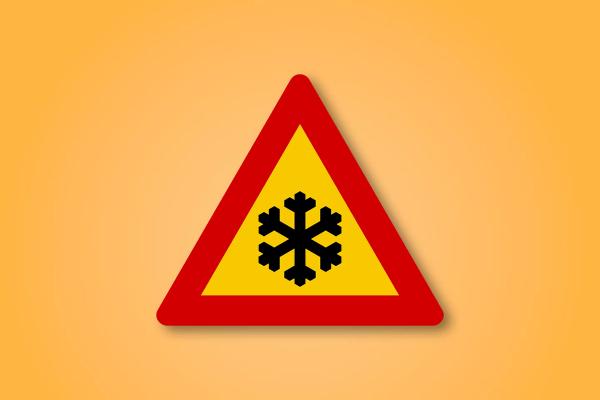
Riverbank Ahead
Picture a car near a river inside the triangle. This means a riverbank is close to the road. Hit the brakes immediately to steer clear of trouble.
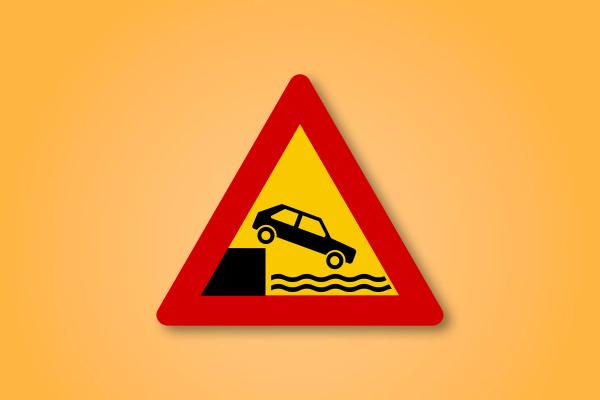
Tunnel
A tunnel image in the triangle tells you a dark road tunnel is coming up. Flip on your headlights and stay alert, especially in Iceland’s famous one-lane tunnels.
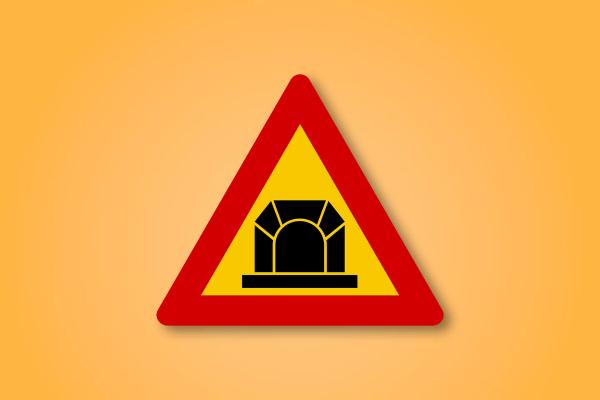
Crosswinds
A wind symbol warns of strong crosswinds that could nudge your car off course. Keep both hands on the wheel and be ready for sudden gusts.
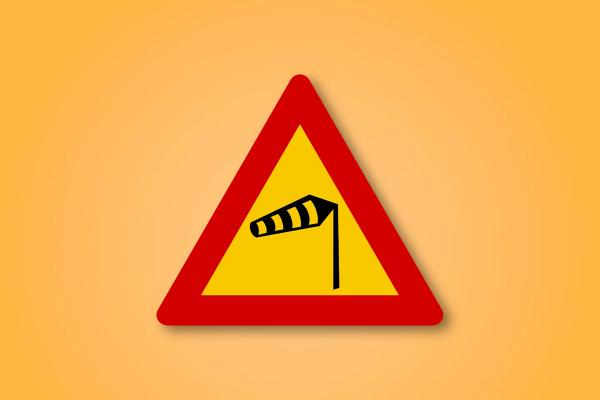
Falling Rock
Rocks tumbling down the triangle mean you’re in an area where falling rocks are a hazard, especially after heavy rain. Drive slowly and keep your eyes peeled, particularly in mountainous spots.
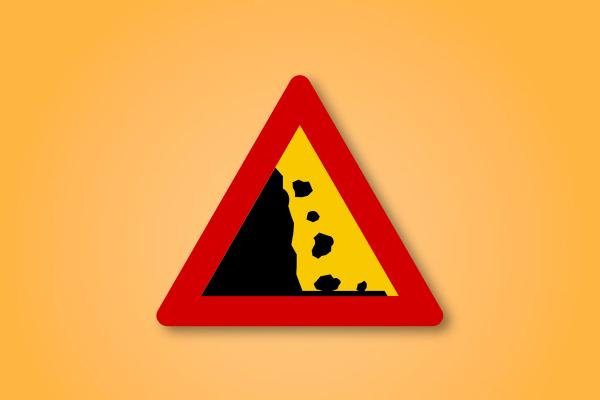
Workers Ahead
An Icelandic worker in the triangle means road workers are nearby. Ease up on the gas to keep them safe.
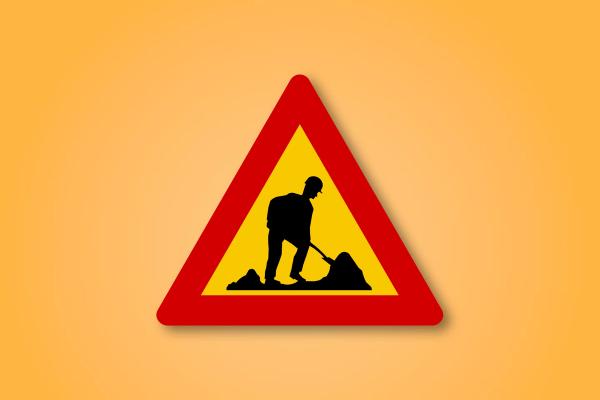
Roundabouts
A circular pattern in the triangle signals a roundabout ahead. Get ready to slow down and navigate the traffic circle carefully.
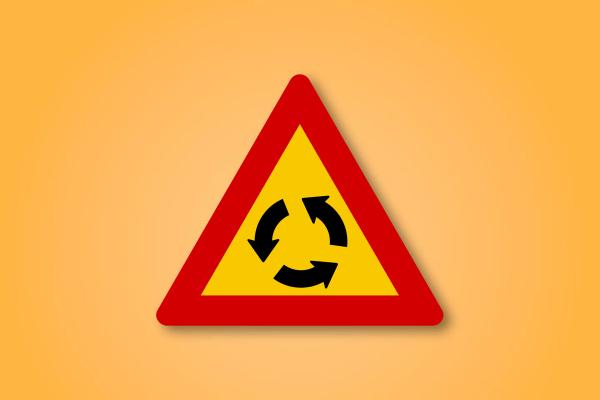
Animals
Look for sheep, horses, or reindeer in the triangle. These animals roam freely, especially in rural areas, so slow down and be prepared to stop if they wander onto the road.
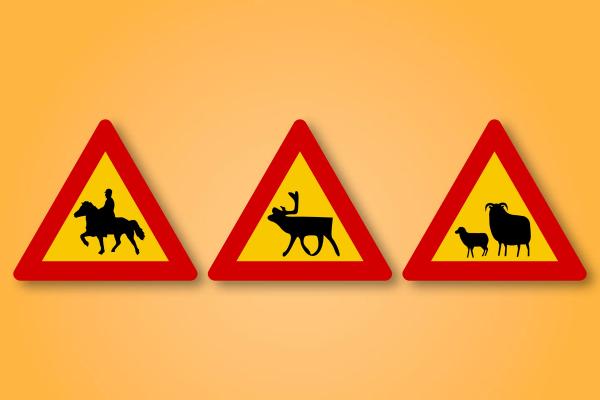
Zebra Crossing
A person walking in the triangle marks a pedestrian crosswalk—not actual zebras! Slow down and watch for people crossing the street.
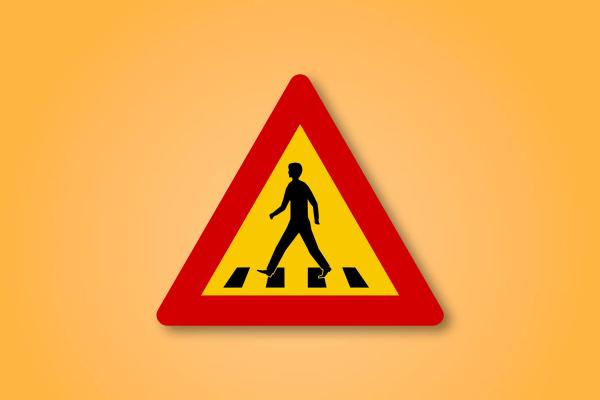
Bump
A bump image means a speed bump is ahead. Take it easy to avoid jolting your rental car.
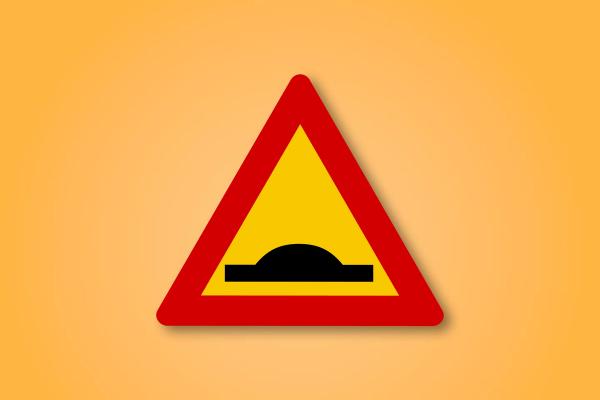
These signs focus on natural hazards, unlike city dangers like crosswalks you might see at home. They’re a big part of driving in Iceland.
Prohibitory Signs – Rules with an Icelandic Twist
Prohibitory signs tell you what you can’t do. They’re circular with a red border and yellow background. Here are some you’ll spot:
Speed Limit
A red circle with a number inside, like 50. This means you can’t go faster than 50 kilometers per hour (about 31 miles per hour).
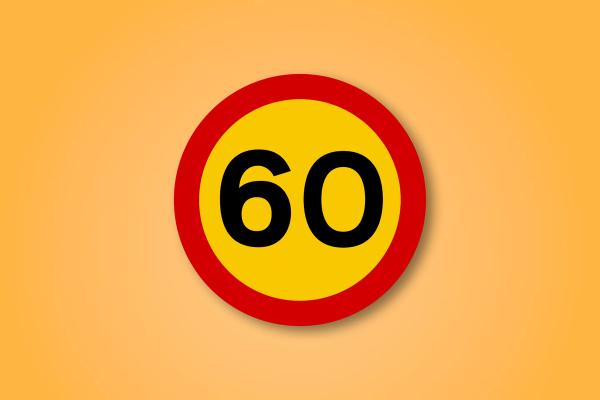
No Entry
A red circle with a yellow bar across it. This shows the road is off-limits, so turn around.
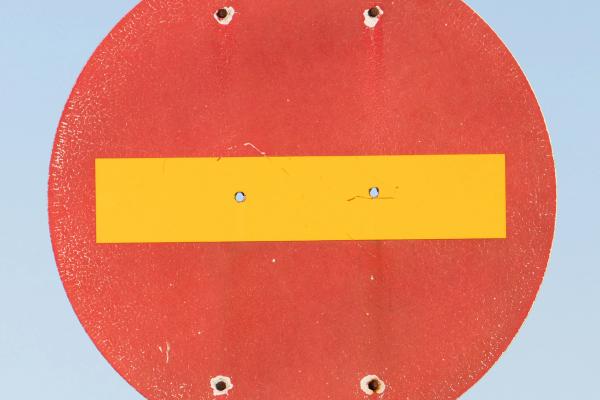
Stop Sign
A red octagon with “STOP” in white. It’s like stop signs at home—you must stop completely.
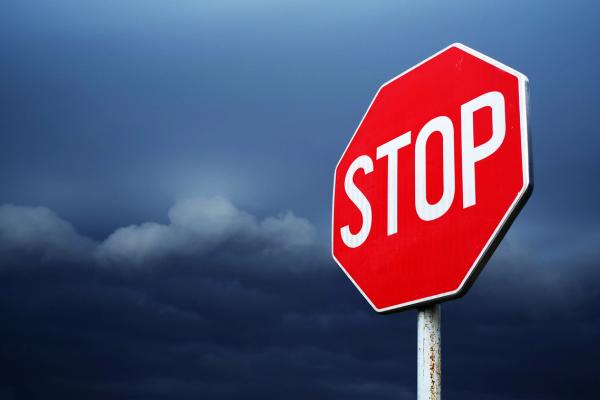
No Camping
As you might know, wild camping is not allowed in Iceland. Instead, you must camp in the many designated campsites throughout the country. A tent inside the circle means "no camping."
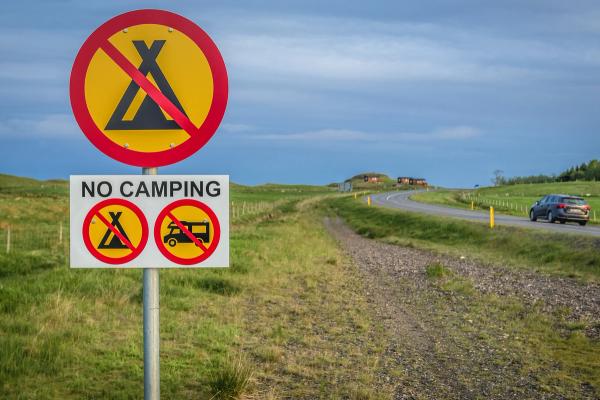
No Motor Vehicles
A car and motorcycle inside the circle mean neither cars nor motorcycles are allowed past this point. If you’re driving, find another route.
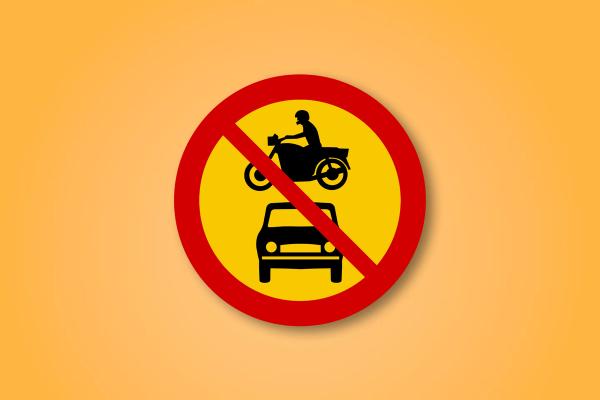
No Parking
A red and blue circle with a red line through it bans parking. You can stop briefly, but don’t leave your car here.
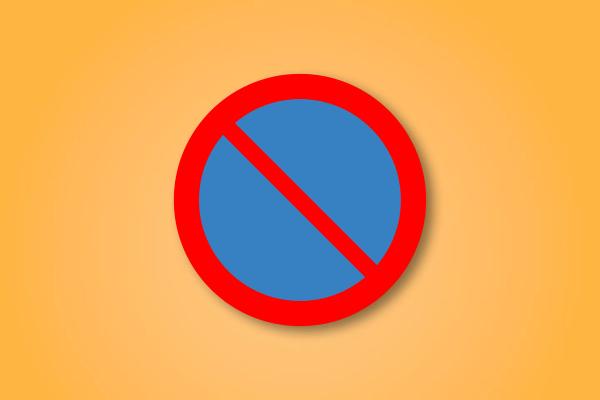
One difference is that speed limits are in kilometers, not miles. Also, signs might have Icelandic words like “Lokað,” which means “closed.” Look for these rules.
Mandatory Signs – Directions You Must Follow
Mandatory signs tell you what you have to do. They’re circular with a white border and blue background. Here are a couple:
- Direction Arrows: White arrows on a blue circle. These show which way you must go, like in a roundabout.
- Give Way: An upside-down red triangle. This means you need to let other cars go first.
In Iceland, give-way signs are more common than stop signs, unlike in places where stop signs are everywhere.
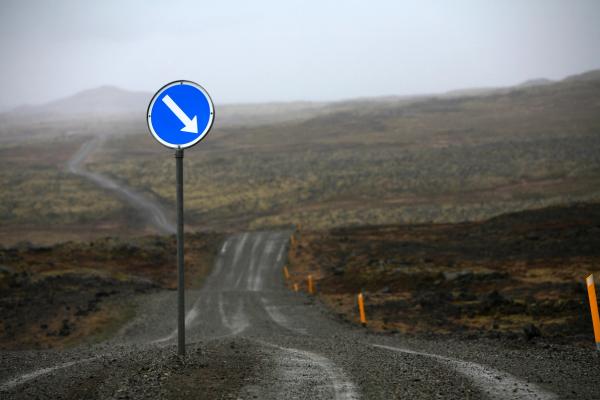
Information and Directional Signs
These signs help you navigate and share useful info. They’re rectangular:
One-Way
A blue arrow. This means traffic only moves in one direction.
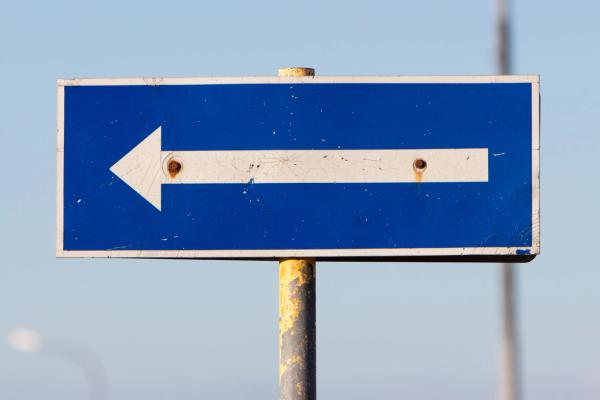
Parking
A blue “P.” This shows where parking is allowed, though you won’t see it much outside cities.
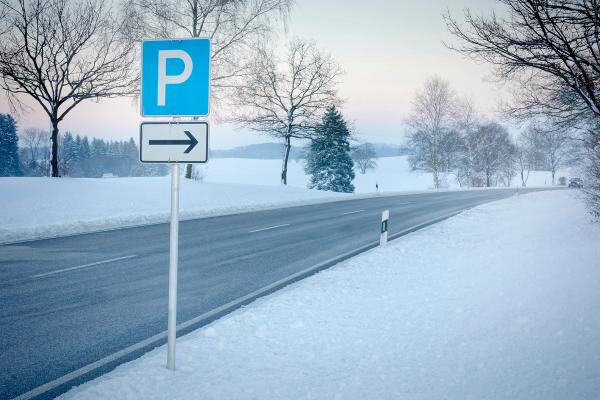
One-Lane Bridge
A red and yellow box with a car on a bridge warns of a narrow bridge ahead. If another vehicle is already crossing, wait your turn before proceeding.
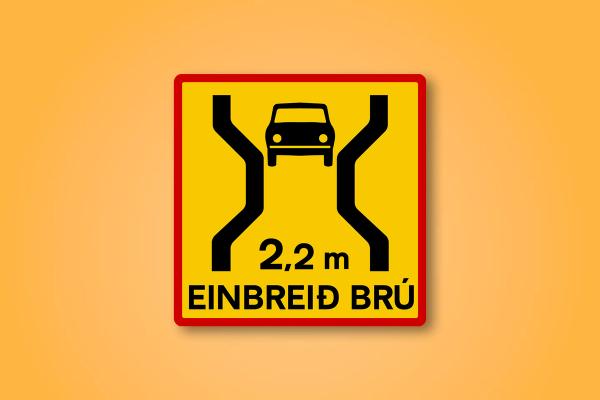
Point of Interest
A blue and white box with black lines hints at something cool nearby—like a scenic lookout or attraction. It’s a nudge to stop and explore.
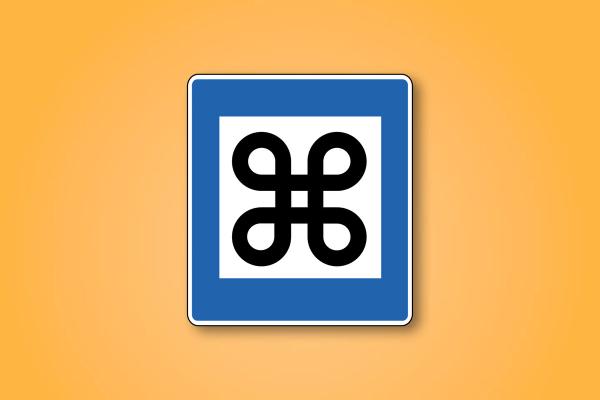
Bank
A blue and white box with a “B” and money symbol points to a bank ahead. This is perfect if you need to exchange currency or use an ATM.
Compared to home, Iceland has fewer of these in rural spots. When you see them, they’re worth noticing.
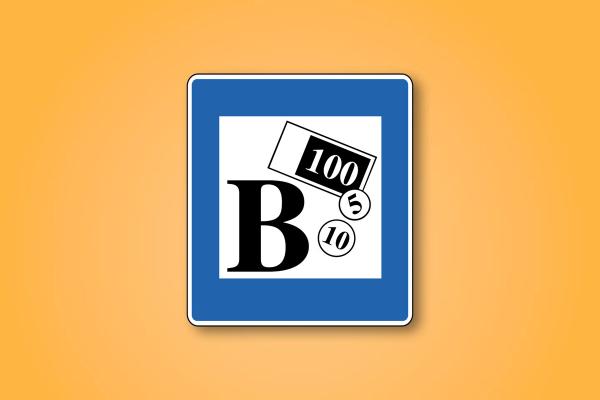
Icelandic Quirks – Signs You’ll Only See Here
Iceland has some special signs that show off its character:
- Sea Monster Warning: Near lakes, you might see a black monster with a red slash through it. It’s a playful sign—no real monsters, just a fun picture spot.
- No Human Waste: A black figure squatting with a red line through it. This means don’t litter or leave waste behind.
- Traffic Camera: A sign with “Löggæslumyndavél” in Icelandic. It tells you a camera is watching, so stick to the speed limit.
- Sales Kiosk: A sign with a beverage and a hot dog warns you that a kiosk is approaching.
Fun fact: There are some other quirky signs such as ice cream, dog hotels, or whale-watching tours.
Quick Tips for Tourists
Here are some tips to make driving easier:
- Learn Key Words: A few Icelandic words can help. “Stans” means “stop,” “út” means “out,” and “inn” means “in.”
- Night Driving: Signs don’t reflect much, so drive slowly at night and keep your headlights on.
- Obey Closures: If a sign says a road is closed, don’t ignore it. It’s there for your safety.
- Prepare Ahead: Take a few minutes before your trip to look over these signs. It’ll make driving less stressful.
- Speed Conversion: Speed limits are in KPH, not MPH. Multiply the KPH number by 0.6 for a rough MPH estimate (e.g., 60 KPH ≈ 37 MPH).
Conclusion
Iceland’s road signs might seem unfamiliar at first, but they’re designed to guide you through its amazing landscapes. From yellow backgrounds to sheep crossings, they reflect the country’s unique environment and culture. Drive carefully, especially at night, and always follow closure signs. Now that you know what they mean, you’re ready to explore Iceland by car. Safe travels, and enjoy the journey!

